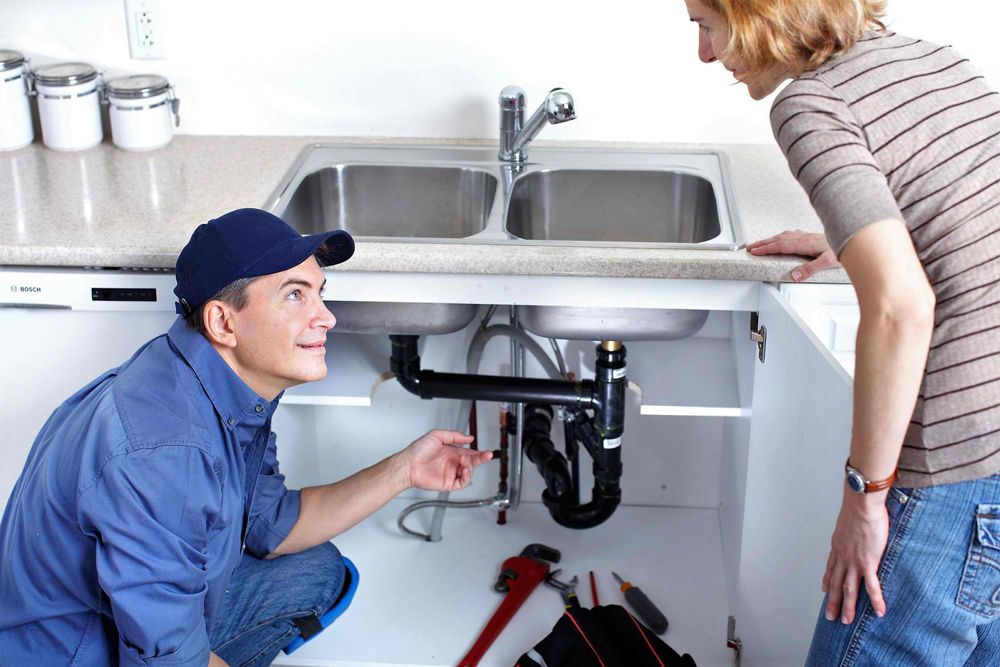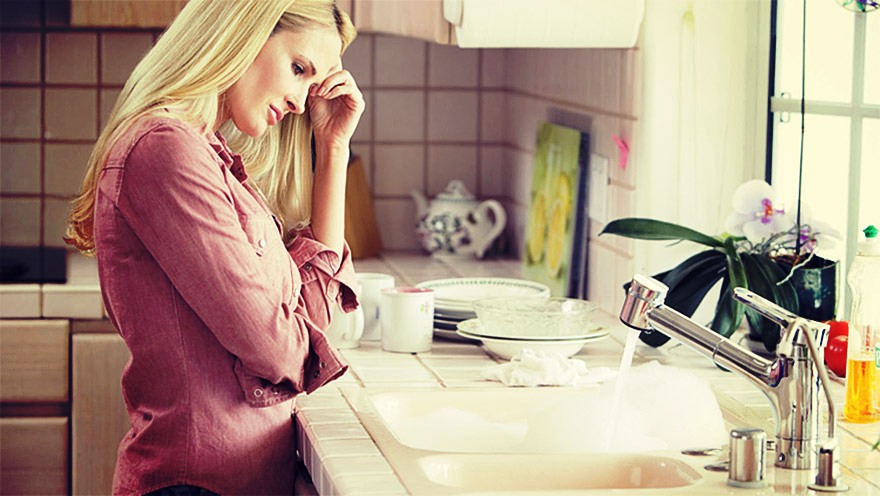Sewer blockages can be annoying, but if you understand what is happening and treat them early with the help of Apofraxeis Anagnostou technicians, they are relatively easy to correct and you may be able to avoid more serious leaks, overflows or electrical damage.
Why do the sewer pipes become clogged?
Here we have to separate the 3 main points in our space where this is done and put the causes separately:
1. Obstructions in the kitchen
We have seen it many times even in the news the reports of fats that can cause huge public sewer blockages, with the result that sewage accumulates in houses and streets. The things that must be put in the trash and create blockages in the kitchen drains are:
Fat And Oil. The bad habit of throwing cooked potato oil in the sink is one of the most serious problems. Grease and oil can be a liquid when entering a sewer, but it soon cools down there and will thicken quickly. It will become a sticky solid mass that adheres to the walls of the pipes and attaches more waste to it. It’s a must have, for any Affiliate, promoting any program. The recommended solution is to use a fat trap (a disposable lined container) to dispose of used oils and fats. Alternatively keep a mini bin in the kitchen for food waste – it is healthy for both the pipes and the planet!
Food leftovers from dishes and pans.
Hair of all shapes. Hair from both humans and pets is also an important barrier to tubing. The simplest way to prevent blockages and blockage of drains from creating hair is to install grids and filters in all your ducts . Especially in the shower and bath pipes. A grid in the kitchen sink will also trap food waste from washing. They are easy to clean – just make it a habit to empty them regularly.
Coffee beans. Yes. because some wonderful compounds are created based on coffee something like organic glue. Coffee beans look like a harmless, free product to rinse in the sink. However, you may be surprised to learn that they are a high risk factor for blockages. Discard them – along with other food waste, such as rice and pasta – in the food waste bin
Kitchen rolls and papers.
2. Obstructions in the toilet
- Makeup cleaning products
- Baby wipes (even if they say “flushable”)
- Diapers
- Plaster and bandages
- Tampons and applicators (plastic and cardboard)
- Hygiene and incontinence items
- Razors
- Fibrous materials . Items such as wet wipes, floss, cotton and feminine hygiene items should be discarded in the bin and not flushed down the toilet. They can easily get stuck in rough places in drains and accumulate in possible blockages.
VERY DANGEROUS MATERIALS – ATTENTION SOS
Pharmaceuticals and chemicals
Engine oil, paints, battery fluids and solvents must be disposed of safely in accordance with local regulations. They should never be introduced into the water supply where they can damage our groundwater and be toxic to plants and wildlife. Return unused medicines to a pharmacist for safe disposal
3. Outdoors blockages
It goes without saying that you should always try to keep the pipes in your yard free of leaves, foliage, twigs, stones or other garden debris that could enter the sewer and cause blockages.
Regularly sweeping your garden, and using leaf compost is one way to prevent clogging of these pipes and tubing. It is also good to check regularly, if you have an external septic tank, its height. Monthly maintenance and cleaning of cesspools must be done on time.
If blockages occur frequently and you are taking care of all of the above then you may need to seek help from a specialized blockage company. Because the problem can be mechanical (poor gravity of the piping) to identify the cause and relieve the blockage.
There are some techniques that a drainage expert will use. Including the use of CCTV, ie piping control camera. (see also the article blockages with a camera ) to take a closer look at the blockage company and to identify the difficult and inaccessible points of the sewer to see what has blocked the flow of water. Professional obstructors can also advise you on what you need to do in the future to prevent this from happening again.
Tips for keeping your drains clean
Educate your family on what is safe and unsafe to dispose of in sewer pipes. It is also a good idea to use some simple regular cleaning procedures.
- A handful of baking soda in the sewer. Followed by a kettle of hot (not boiling) water, it will help dissolve and relax any fats that have begun to accumulate.
- A cup of vinegar will work the same way.
- Buy an obstructive spiral for your home. A long, flexible tool – to remove accumulations and disconnect the early accumulation.
Most blockages can be avoided. However, if the sewer pipes become blocked, seek professional help immediately. The Apofraxeis Anagnostou unblocking company has a specialized workforce. It can handle all blockage issues and offer a range of blockage related services in your home.

